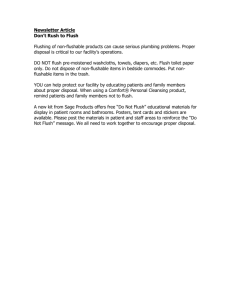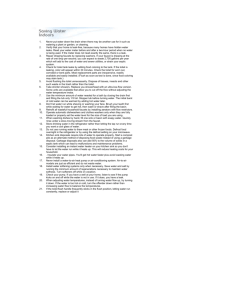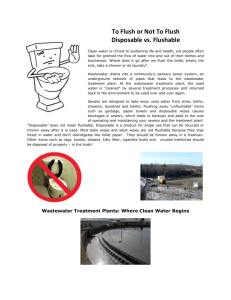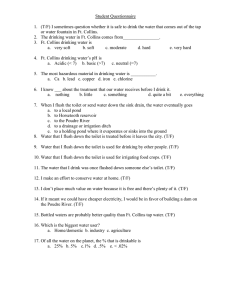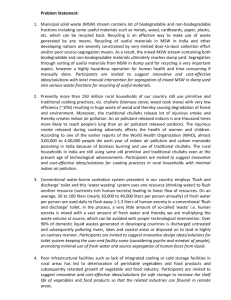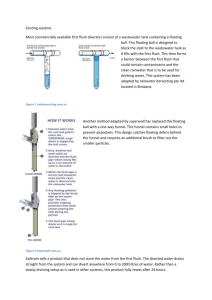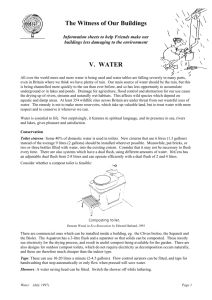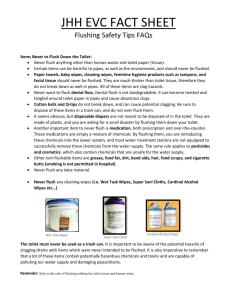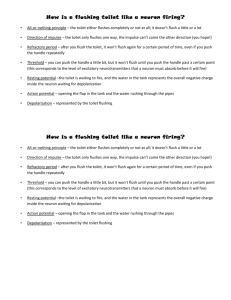the Problem Statement from here
advertisement
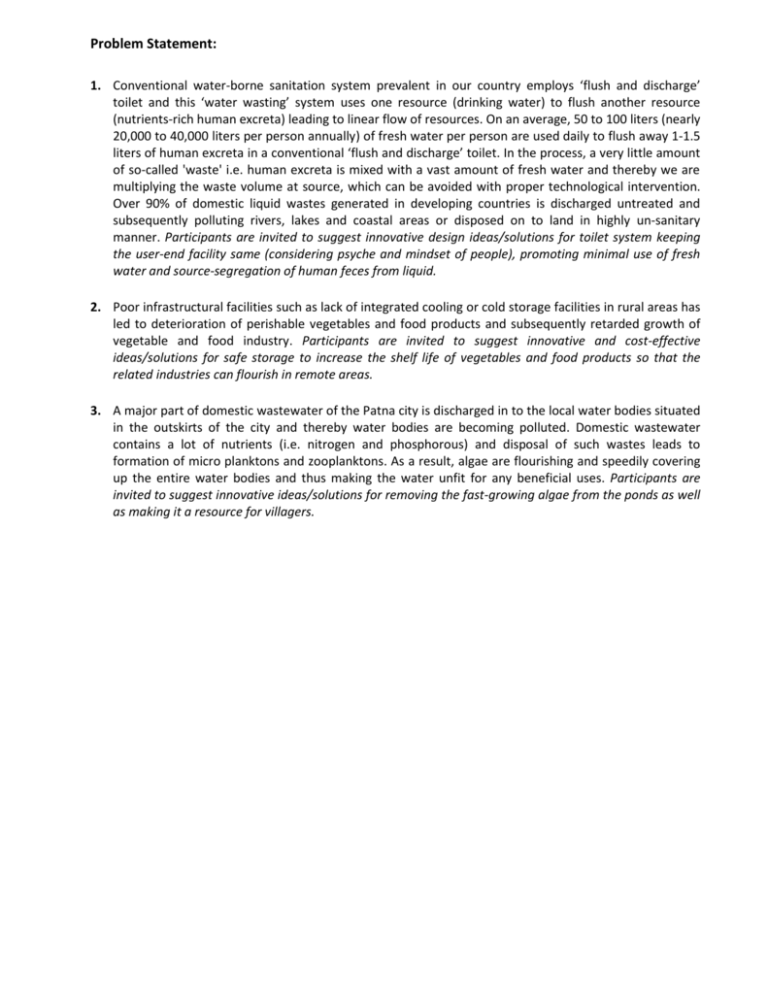
Problem Statement: 1. Conventional water-borne sanitation system prevalent in our country employs ‘flush and discharge’ toilet and this ‘water wasting’ system uses one resource (drinking water) to flush another resource (nutrients-rich human excreta) leading to linear flow of resources. On an average, 50 to 100 liters (nearly 20,000 to 40,000 liters per person annually) of fresh water per person are used daily to flush away 1-1.5 liters of human excreta in a conventional ‘flush and discharge’ toilet. In the process, a very little amount of so-called 'waste' i.e. human excreta is mixed with a vast amount of fresh water and thereby we are multiplying the waste volume at source, which can be avoided with proper technological intervention. Over 90% of domestic liquid wastes generated in developing countries is discharged untreated and subsequently polluting rivers, lakes and coastal areas or disposed on to land in highly un-sanitary manner. Participants are invited to suggest innovative design ideas/solutions for toilet system keeping the user-end facility same (considering psyche and mindset of people), promoting minimal use of fresh water and source-segregation of human feces from liquid. 2. Poor infrastructural facilities such as lack of integrated cooling or cold storage facilities in rural areas has led to deterioration of perishable vegetables and food products and subsequently retarded growth of vegetable and food industry. Participants are invited to suggest innovative and cost-effective ideas/solutions for safe storage to increase the shelf life of vegetables and food products so that the related industries can flourish in remote areas. 3. A major part of domestic wastewater of the Patna city is discharged in to the local water bodies situated in the outskirts of the city and thereby water bodies are becoming polluted. Domestic wastewater contains a lot of nutrients (i.e. nitrogen and phosphorous) and disposal of such wastes leads to formation of micro planktons and zooplanktons. As a result, algae are flourishing and speedily covering up the entire water bodies and thus making the water unfit for any beneficial uses. Participants are invited to suggest innovative ideas/solutions for removing the fast-growing algae from the ponds as well as making it a resource for villagers.

